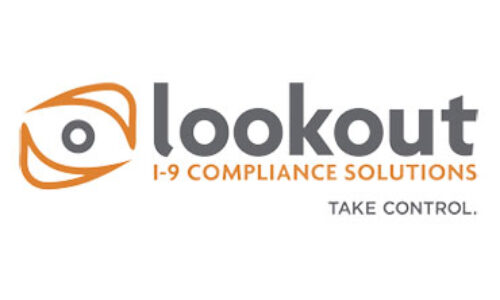Courtesy of the 1986 Immigration Reform and Control Act, businesses nationwide are required to both verify and authenticate their employees’ legal eligibility to work in America. The legally required document which helps verify an employee’s eligibility to work is the Form I-9. An often-required complement to the
Read more →Everyone is talking about immigration policy these days, but another debate is taking place among Iowa lawmakers considering mandating E-Verify for all businesses. While immigration law remains exclusively in the hands of Congress by virtue of the Constitution, a few avenues exist for states to contribute to
Read more →
On December 22, 2018, the federal government officially shut down following contention over the proposed border wall. However, while the shutdown may be rooted in immigration concerns, the shutdown’s impact on immigration services will be relatively limited. This is because most of the organizations involved in U.S.Read more →
The “Tentative Non-Confirmation” or TNC is the 2nd most common response users see from the E-Verify system following the “Authorized to Work” response. The reason this is a “tentative” non-confirmation is that the system sees some commonality between the employee’s information and a record in the system.Read more →
On September 11, 2012, DHS announced proposed changes to the E-Verify MOU in the Federal Register (77 FR 55858). The Federal Register notice provides a 60-day comment period ending November 13, 2012. There are 6 versions of the new proposed MOU depending upon how access to E-VerifyRead more →
Recently, the Department of Homeland Security published The E-Verify Self-Assessment Guide for Direct Access Users (M-1044) or Web Services Users (M-1043). The Self-Assessment Guide is designed to assist participating employers in complying with the user requirements of E-Verify and to help improve participants’ overall use of theRead more →


